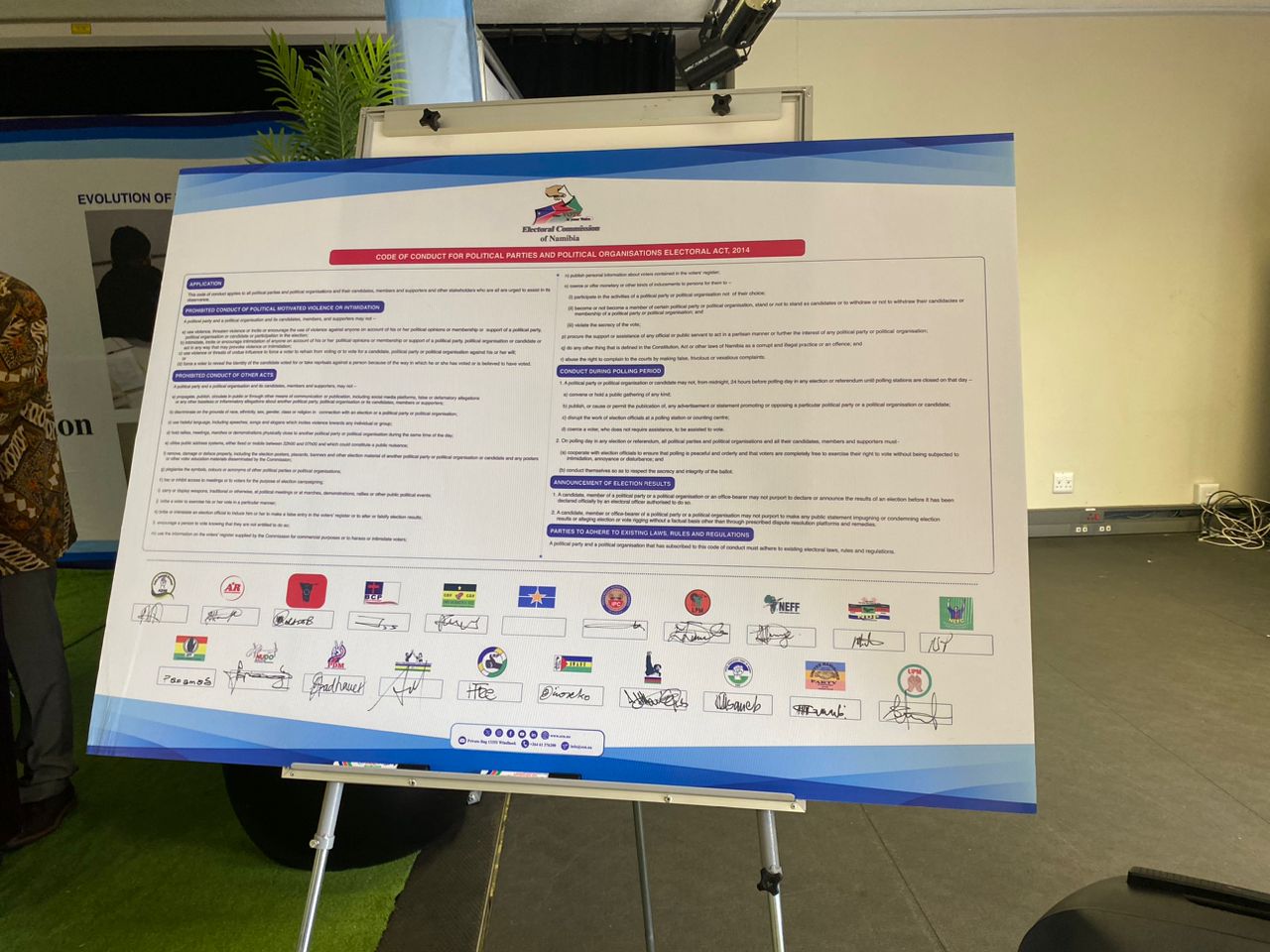There are several reasons to follow the gravel road to Koës just south of Keetmanshoop, besides quiver trees and the Moer Toe Coffee Shop, and one of them is Mesosaurus fossils.
Although all are remarkable in their antiquity, fossils of this small crocodile-like creature died out 200 million years before the dinosaurs disappeared.
The story of how Giel Steenkamp found these fossils more than three decades ago is an interesting one.
He was building a road on his farm, and while he was working on the tractor, his 10-year old son noticed a rock with unusual marks on it and brought it over to him.
Steenkamp noticed a crack and struck it lightly with a hammer. It fell open revealing part of a fossil. They looked at it in amazement.
Steenkamp initially thought it to be a salamander fossil, but curious to identify it correctly he passed it on to his brother-in-law, a zoology professor at Stellenbosch University.
There, it reached the hands of one Dr Oelofson, who had studied fossils extensively for his doctorate thesis, and who identified it as being from the genus Mesosaurus, a small creature with a long snout and long, needle-like teeth somewhat similar to the crocodiles of today.
Interestingly, the fossils have also been found in South America, providing even more evidence of continental drift, revealing that the two continents were once a single land mass.
A highlight of the tour Steenkamp gives at the Mesosaurus Fossil Camp is Steenkamp himself, who has a great sense of humour and refers to himself as also being a bit of a fossil.

Steenkamp condenses millions of years of geological history into a few minutes as he explains how 320 million years ago southern Africa, then part of the supercontinent Gondwana, was covered with a thick layer of ice, which melted into a shallow inland sea.
It was here where the Mesosaurus lived 270 million years ago.
It’s a challenge to get our human brains around this time period and to contemplate how these small creatures swam around, hundreds of millennia before Homo sapiens began to roam the planet.
Looking at a rock broken open perfectly along a fissure revealing two parts of a fossil, I tried to bend my limited understanding around the corners of time to imagine a world with Mesosaurus in it.
After walking through this geological museum with Steenkamp, who pointed out the rocks with fossils encased in them, the tour continued in an entirely different vein in the quiver tree forest where the trees grow among the dark dolerite boulders.
There in the outdoor arena, as the sun dipped in the sky, casting its golden glow on the quiver trees, Steenkamp transformed into a dolerite musician (or rock star) and picked up a small stone.
Tapping the stone against the dolerite slab he played the popular tune ‘Frere Jacques’, followed by ‘Nkosi Sikel’ iAfrica’, the sound ringing through the quiver trees and reverberating against rock in this ancient wonderland, blessing Africa.
Steenkamp’s sense of humour brought me back to the present moment.
He said: “You know I’m not a very good musician. I’ve played on these rocks now for over 10 years, and I can only play two songs!”
Fossils, fabulous stories, quiver tree forests and rock music.
It’s amazing where a gravel road can lead in southern Namibia.
Stay informed with The Namibian – your source for credible journalism. Get in-depth reporting and opinions for
only N$85 a month. Invest in journalism, invest in democracy –
Subscribe Now!






